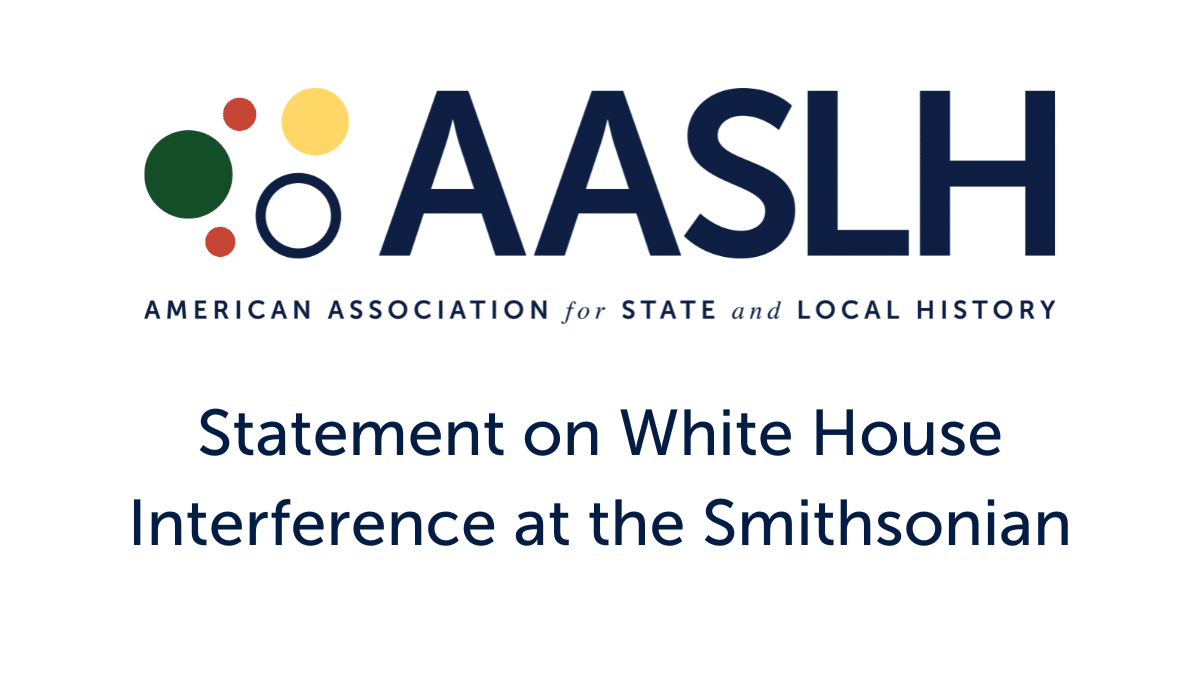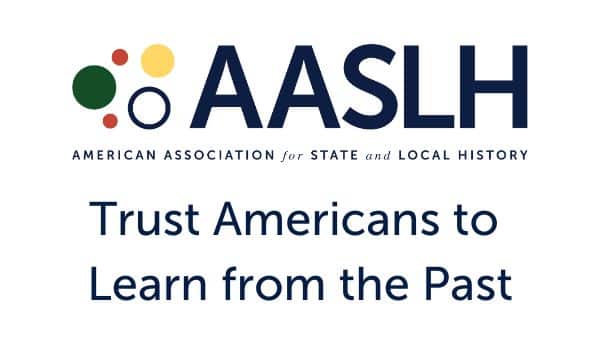
By Bethany L. Hawkins, Chief of Operations
My family and I recently visited Walt Disney World. Due to timing, we made the trip over Memorial Day weekend. We love Disney, but when we go, it is usually in October. This was a different experience with hotter weather and people everywhere. Some of our regular favorite spots were not so great anymore because they were covered up with sweaty families complaining about the heat. We still enjoyed ourselves (my family rolls with the punches), but felt that we didn’t exactly feel the same about Disney after experiencing a Level 10 crowd day.
Disney is working on ways to remedy this situation. They are instituting more before and after hours ticketed events so guests can experience the parks with fewer crowds. They also offer before and after hours for certain parks free for guests who stay in their resorts. These perks are designed to make Disney more money and encourage guests to stay in their hotels, but it is also focused on the visitor experience. They know that guests who have an amazing experience at Disney will come back, stay longer, and bring others with them.
I thought about my trip to Disney after reading a recent article about Americans falling out of love with their landmarks. M. Scott Mahaskey and Peter Canellos write, “But when it comes time to power up the SUV, Americans are heading elsewhere, passing up the chance to experience the dramatic turning points of the nation’s past. Where once families yearned to see that history firsthand, to forge a personal link with great events, they now blow past that turnoff on the way to the beach. The American story is losing its pull.” They base this thesis on the fact that America’s largest history attractions/sites are losing visitors. AASLH is currently working on the results of a visitation survey that will put some real numbers to explain what visitation actually looks like at historic sites and museums, but that is not the focus of my thinking for this post.
My take is maybe it is not a bad thing if our historic sites and museums have fewer visitors. While we want our visitation numbers to be healthy and they are one measure of success, I argue that it is not the most important. Many of the sites included in the article, like Colonial Williamsburg, the National Air and Space Museum, Ford’s Theatre, and Gettysburg, have experienced times when there have been so many people inside their walls (or fences) that it is like Memorial Day at Disney World. With wall to wall people, can you really experience the power of these places?

I read another article from Great Britain that highlights this exact issue. The television show Outlander and the book series that preceded it have resulted in huge numbers at the Historic Environment Scotland (HES) managed sites used in filming for the program. Brian Ferguson writes, “VisitScotland said it was now trying to ensure that sites were not ‘over-promoted’ and was encouraging Outlander’s fans to be ‘respecting’ of the nation’s heritage and culture.”
Ferguson also quotes Audrey Jones, head of filming at HES, who said: “We’re having issues with sites that are just so popular now. We’re looking at timed tickets, capacity management, and investing in infrastructure to make it more pleasurable for people. If you had come to Doune Castle five years ago there would probably have been hardly anyone else there. You don’t want to be rammed in with a thousand other people. It’s not a nice experience.”
This is a fine line for anyone in the history field. We want more people to hear our stories, experience our sites, attend our programs, and, hopefully, connect them to something in their lives. And, frankly, we need the money from admissions to keep the doors open. But, we have to ask ourselves: at what cost?
If you are a historic house museum, what is the wear and tear on your site? Are there sustainability issues that need to be considered that might limit the number of visitors per day? Also, what about impact? Do crowded tours and spaces leave visitors unable to connect spiritually to your site? We don’t often think about our historic places as spiritual places, but many in the public do. Can those who really want to unplug and “step back in time” or “connect with the past” do so with large groups of other visitors looking for the perfect shot for Instagram?
I have had two personal experiences in my life that proved to me that lower numbers of visitors result in an environment that allows visitors to really connect to place. Recently, I was in Buffalo, New York, and my host took me to Niagara Falls. The falls were beautiful and awe-inspiring, but there were people everywhere. It was hard to really appreciate their grandeur while jostling for a place where we could actually see them clearly. In contrast, when AASLH held our Annual Meeting in Rochester, New York, in 2008, I made my first trip ever to the falls in January just before our Program Committee meeting. They were frozen (super cool), but there was also almost no one else there. It was quiet. I could contemplate the beauty and power of the falls as long as I wanted, or at least as long as I could stand the cold. It was definitely a spiritual experience.

Finally, as an AASLH staff member, I sometimes get the chance to do some pretty cool behind-the-scenes visits to historic sites. Several years ago, I was able to visit The Glass House in Connecticut just prior to its opening to the public. It was late afternoon and I had time alone on the site while a colleague met with staff. I was able to sit on the grounds and take in the beauty of the architecture and how it blended into the landscape. I still remember it as one of my favorite visits to a historic site because I had the space to breathe and truly connect with place. The Glass House, a National Trust site, recognizes this strength at their site and has policies in place to protect the visitor experience.

So, as you are winding up your summer tourist season, I encourage you to do some thinking about your goals for the visitor experience at your historic site or museum. Here are some questions to consider:
- What is the capacity that is safe for our buildings for long-term preservation?
- Do we give visitors time to connect to our historic place spiritually? Do we encourage contemplation and offer a place to unplug?
- What is the ideal size for our tours that will allow people to learn about the history of our place and connect it to their present?
- How do we measure success? It is number of visitors, amount of admission or donation dollars, or it is the impact we make on the visitor? (More about impact is coming in a future issue of History News).
In many ways, our goals are the same as Disney. We want guests to have an amazing experience at our historic site or museum so they will come back, stay longer, and bring others with them. I suggest we also take a page out of the Disney playbook and look at more ways to put the visitor experience first to help us be more sustainable for the future.



